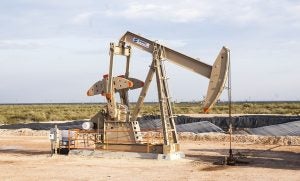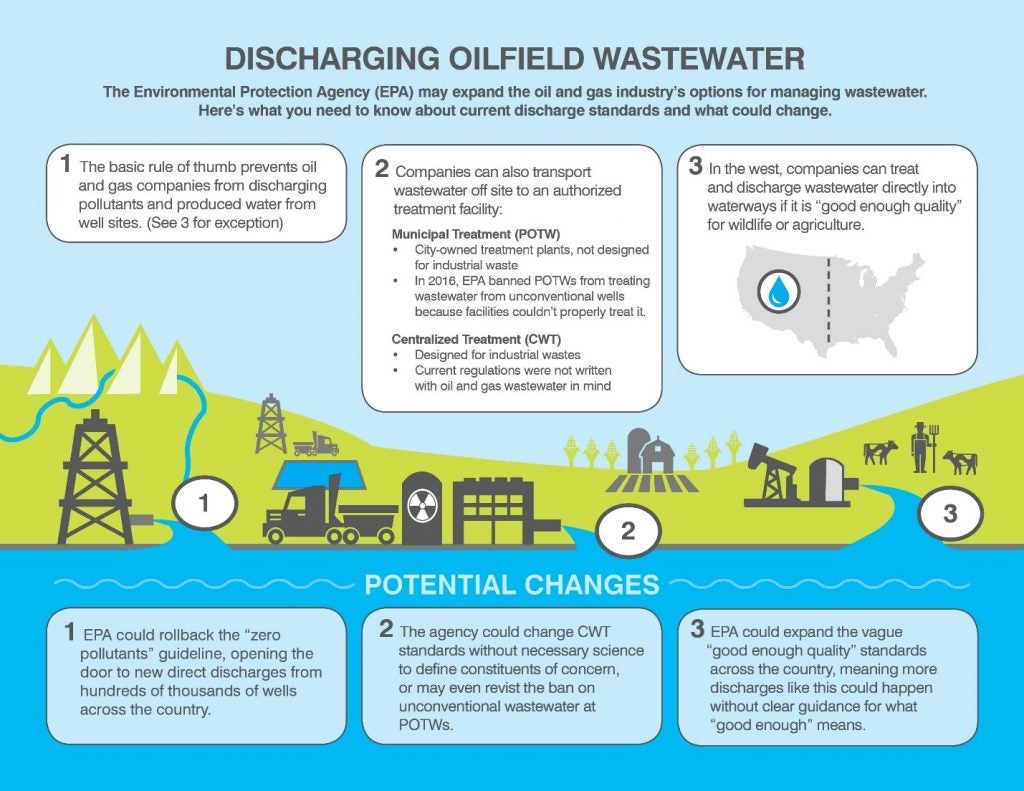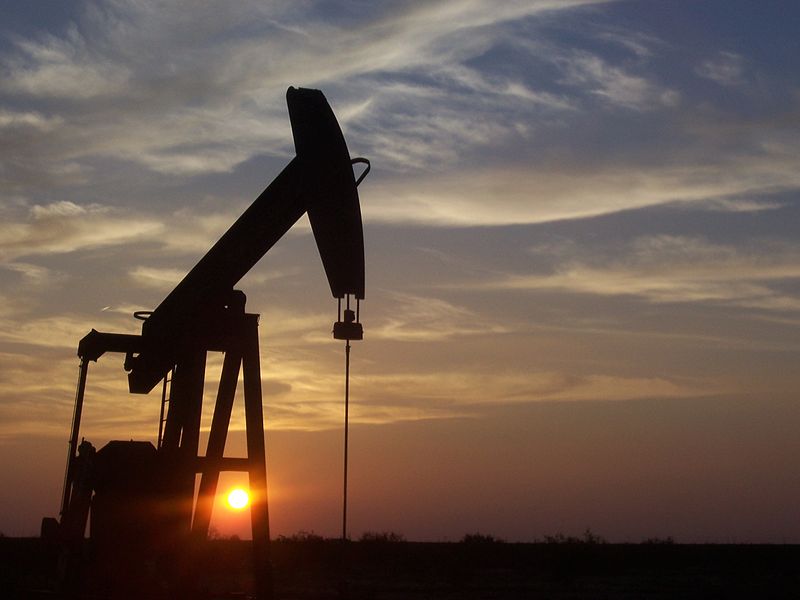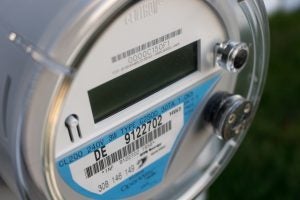 A version of this piece originally ran in Scientific American.
A version of this piece originally ran in Scientific American.
Methane has long been recognized as a potent greenhouse gas, but preventing its escape from industrial facilities has only recently become a prominent goal. The oil and gas industry, for example, is a large emitter, and research (including some by scientists at the Environmental Defense Fund) has documented that far more methane seeps out of wells, pipelines, valves and other points in the supply chain than energy companies and official emissions inventories report.
This revelation has people worried—people like me, who are concerned about the health and future of humanity. And people like the CEOs of global oil and gas companies, including BP and ExxonMobil, who have voluntarily pledged to reduce methane emissions. Increasingly, investors, public officials and neighbors living near oil and gas infrastructure have become worried, too.














